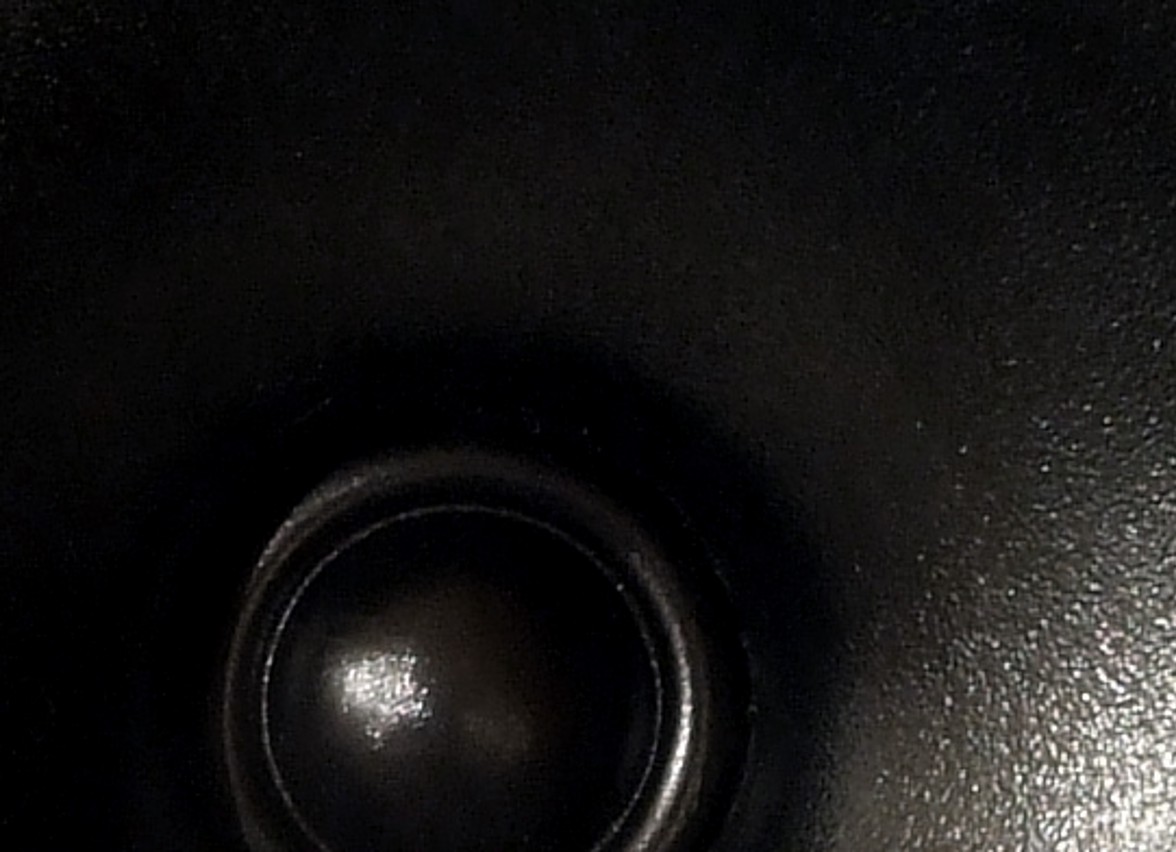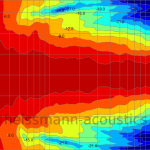please explain how 3/4" cloth-soaked-in-asphalt dome driven by a VC half the size of a wedding ring can reproduce a crash of a 1 foot cymbal ...
the absolute max SPL of a 3/4" soft dome will be about 100 db PEAK @ listening position
rock concerts are regulated to 100 db AVERAGE level @ listening position ...
You don't have a clue about sound reproduction - both in live concert and in home.
You started with bashing 3/4" tweeters - which is very wrong, on all accounts. They (the better ones) are perfectly adequate for their job.
3/4" tweeter can easily reproduce "a crash of a 1 foot cymbal" at the listening position in your room.
How? Because "a crash of a 1 foot cymbal" in unamplified ("unplugged") live concert is
below 100 dB at the listening position 15 meters (or yards) away, at the middle sitting rows.
On the other hand, if you are craving for the same experience of a rock concerts done with sound reinforcement (PA) system, then in your home you must use a genuine PA loudspeaker with high-frequency compression driver -
not because it can play louder than a 3/4" tweeter, but because in rock concert you are listening to a high-frequency compression drivers
reproducing "a crash of a 1 foot cymbal" - you are not listening to the cymbal itself!
3/4 domes are suitable only for nearfield monitors and even then only for the subcompact ones that you have to carry with you on a plane or something ...
No, 3/4" domes also are suitable in audiophile-style hi-fi home loudspeakers (too numerous to cite).
Although very compact, Genelec 8040b (has 3/4" tweeter) is anything but "subcompact" - you can't carry it with you on a plane!
monitors have a very bright, sharp sound ....
audiophile speakers have a warm, rich sound that is midbass heavy ...
???
Have you ever listened to a studio monitor? Majority of them are not bright or sharp - on the contrary, they are very neutral and natural. Many of them have DIP switches to attenuate the tweeter, if necessary.
Have you ever listened to an audiophile (or "audiophile") speaker? Majority of them are not warm and rich, but very bright and sharp!
If you don't believe me, just look at the frequency response measurements - here on ASR or in hi-fi and pro magazines.
you don't turn up nearfield studio monitors to do some headbanging - that's not what they are for - they're for sitting in a chair for 8 hours and listening for mistakes ... they actually have separate larger main monitors for less critical listening when you want to listen to the music rather than the sound ...
Yes, you do! I was sitting in a chair, in front of Genelec 1030A, for several hours every day, for 7 years... and always have time and opportunity to crank them up for pure enjoyment.
Larger main monitors are not for less critical listening, but exclusively for
super-critical listening! Have you ever been in a studio room?
an audiophile speaker is somewhere between a main monitor and a PA speaker ...
No, it is not. Main studio monitor is head and shoulders above any audiophile speaker.
i find that for me PA speakers are most enjoyable dollar for dollar - with PA speakers you neither pay for cabinet finish nor for analytical ability - just for the enjoyment of music.
Finally we have something to agree upon...
monitors are only good as a reference to know what accurate sounds like. but it doesn't sound very good. sounds flat, thin, brittle and harsh for the most part.
... and you blew it again. Studio monitors are not thin, brittle and harsh.
but yeah monitors sound bright because music is recorded bright - it is supposed to be played back on warm sounding speakers that undo this brightness
they record it so bright to improve signal to noise ratio - make the record louder
Wrong. Most of the home hi-fi speakers are bright. Monitors are much more neutral.
Professionals are using compressors to make the record louder. Nobody is making record bright to improve S/N ratio - ask any professional. Have you ever been in a studio room?
passive PA speakers also sound bright simply due to physics - they don't want to waste energy in resistors so they don't try to EQ them flat but use the naturally rising response of drivers ... on other hand active DSP PA speakers do not have this characteristic ...
Wrong, again. The rising high-frequency response often is used to compensate for high-frequency attenuation of air at large distances (large halls and open venues) - both in passive and DSP active PA speakers.
In passive crossovers
always there is a resistor in the tweeter arm filter - simply because high-frequency drivers are louder than woofers. Look at the schematic of the JBL SRX815 passive crossover (page 4):
https://elektrotanya.com/jbl_srx815_rev_a_1216_sm.pdf/download.html
Resistors R2 and R5 "waste energy" in order to attenuate the much louder high-frequency compression driver, to mach the 15" midwoofer output.
And final words about the use of PA speakers in home - almost all PA speakers are lacking the bottom end, even the big 15" coffins - that is the nature of those professional speakers. What do you think - why there are numerous 18" or 21" subwoofers in
every rock concert?




